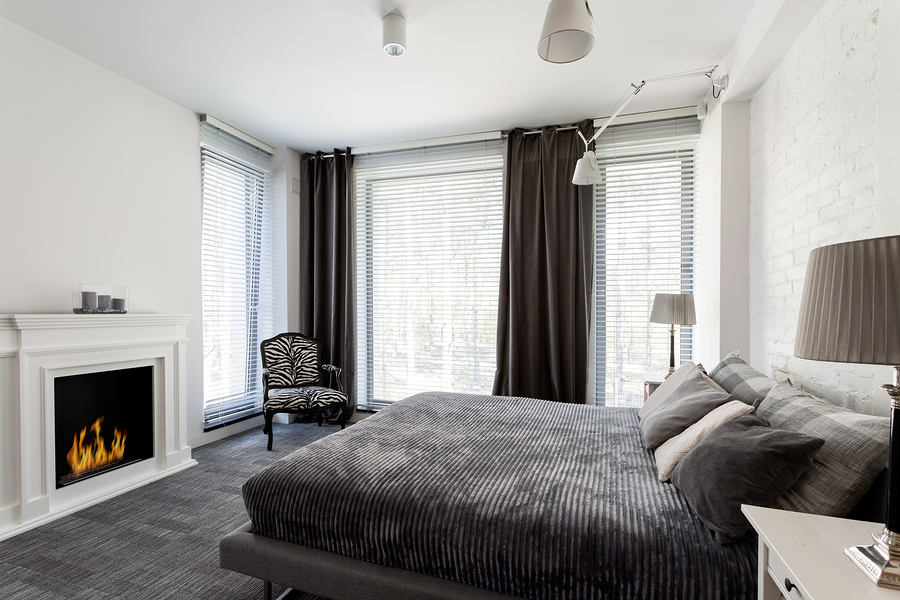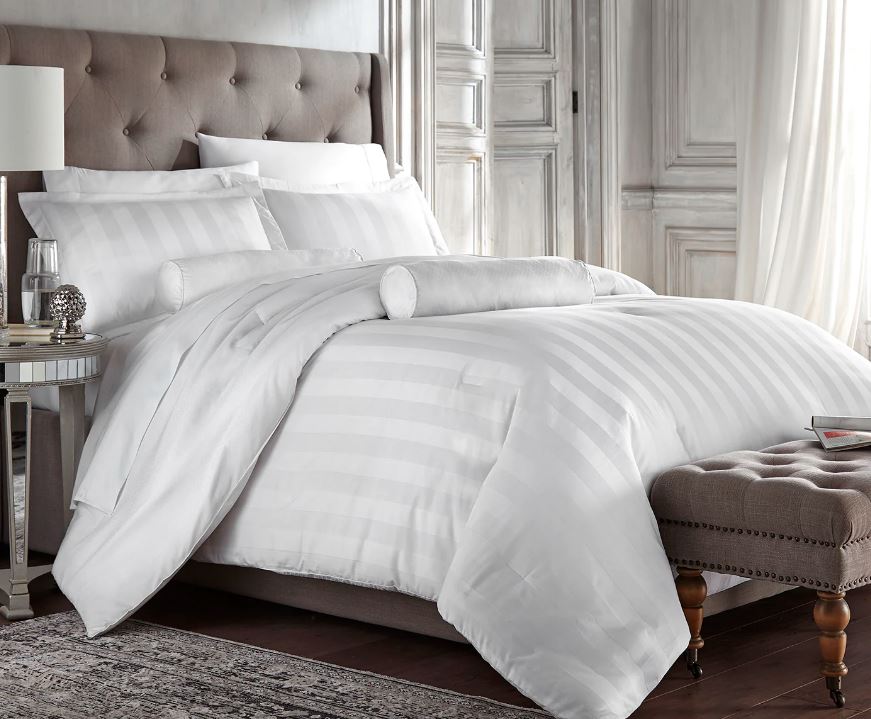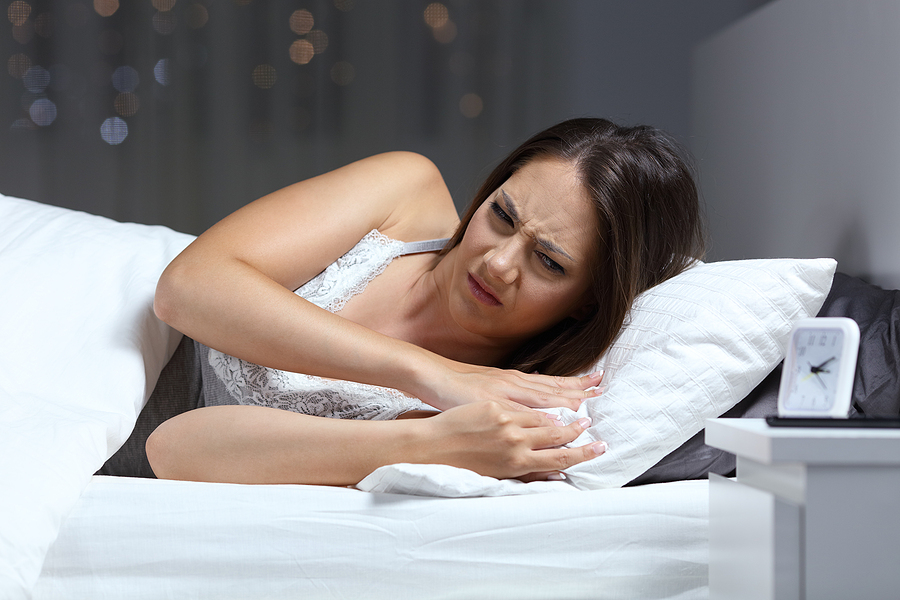
Your Pillow Could Be Causing Morning Headache or Neck Pain

Do you experience occasional neck pain? You’re not alone. According to research cited by the Centers for Disease Control and Prevention, one out of every six people has suffered from recent neck pain.
Neck pain can have many sources, but some we can put down to our modern lifestyle. Spending hours bent over digital devices or keyboards puts a strain on our backs and neck. Long commutes and workout injuries can also add to neck pain. Some neck pain is caused by poor sleeping positions and even from using the wrong pillow. Whatever causes your neck pain, it’s important to be sure you use a healthy sleeping position and have the right pillow so that you can reduce the chance of even more morning neck pain. Here are some tips to help avoid neck pain and ease an already sore neck.
Easing Pain While You Sleep
If you wake up with a sore neck, apply heat or ice to your neck a few times a day can help relieve the soreness, as can over-the-counter pain medications like ibuprofen or aspirin. To remove extra strain, reduce your screen time if you can and avoid strenuous activities until the pain has gone away. One of the best things you can do is get a good night’s sleep, taking care to sleep on a good, supportive pillow in a strain-free position. The relaxation of comfortable sleep takes the pressure off the neck muscles for a full night and allows them to begin to heal so you can feel better.
Sleep on Your Back to Reduce Neck Pain
Your sleep position can mean the difference between a painful morning or a pain-free one. A few simple, physical changes to the way you lie down to sleep every night can help.
To help avoid neck pain, try to sleep on your back. This position holds your back and neck straight as you sleep. It will also keep your body weight evenly distributed, to reduce pressure on one side of your neck and shoulders over the other. Make sure your pillow is not too lofty so that your neck and head are not bent forward.
Check the way you’re using your pillow. As you lie flat, are your shoulders propped on the edge of the pillow? If so, shift your position a little, so just your head and neck rest on it. This allows your neck to straighten out so there’s less pressure on your upper spine.
If you sleep in an elevated position for congestion or sleep apnea, position the pillow to evenly support your upper back and neck without bending you forward.
Sleeping on Your Side
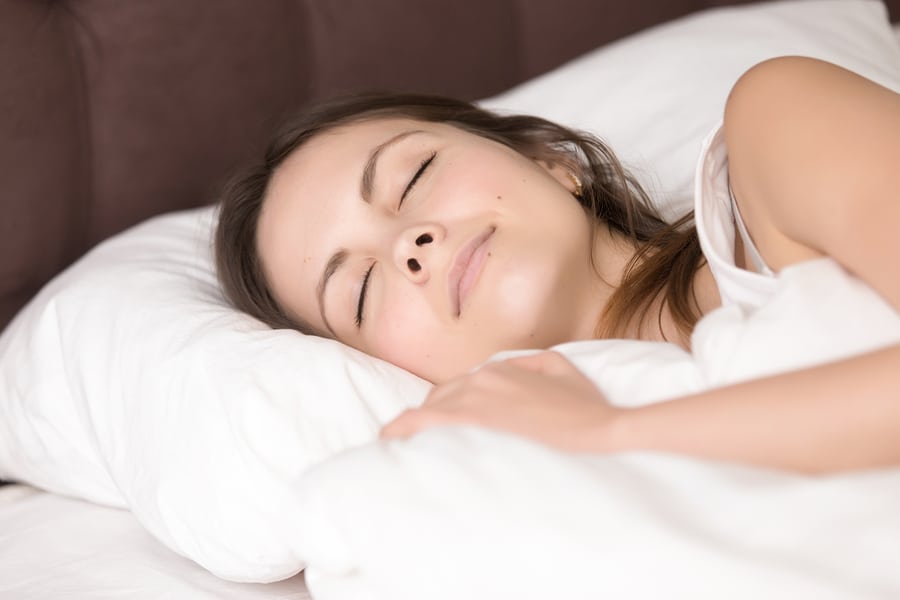
For some people, sleeping on one side feels more comfortable. If this is you, avoid the urge to curl up too tightly. Instead, keep your legs stretched out with only a slight curl of the lower legs. When you curl your legs up to your torso, you’re curving the spine’s natural alignment, and this affects the position of the bones in your neck. If you often wake with pins and needles in one arm, side sleeping is putting too much pressure on capillaries and impeding blood flow. This may also result in neck and shoulder pain. In this case, try sleeping on your back instead.
To avoid neck pain when side sleeping, it’s important to keep your head, neck and back in alignment. To do this, choose a pillow that is not too high, so it keeps your neck positioned in a straight line to your back.
Why It’s Best Not to Sleep on Your Stomach
While some people find sleeping on their stomach relaxing, this position puts undue pressure on your joints. And as your stomach eases down into soft bedding, the lumbar region of your spine is stressed, putting direct pressure on your neck. It’s the classic way to a stiff neck.
If you do find yourself sleeping on your stomach, use a flat pillow or no pillow at all to avoid stressing your neck further by elevating it out of alignment.
Try a New Pillow for Neck Support
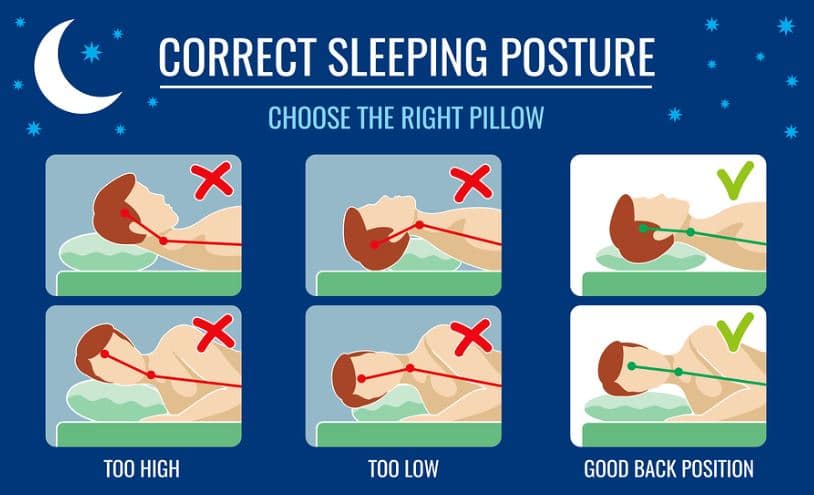
Using the right pillow plays a big role in avoiding “stiff neck” from a poor sleeping position. Even if you carefully selected your current pillow, if your pillow is older than one or two years, it may have lost its ability to support your head and neck properly. Investing in a new pillow will improve your sleep and help reduce the incidence of neck pain you experience from a poor sleep position.
Sobel at Home is an expert in quality pillows. We sell them to top hospitality chains around the world, including luxury hotels, resorts and cruise lines. Our clients want only the best quality pillows, made from the best materials and designed to deliver a comfortable, luxurious sleep experience to their demanding guests. We have a variety of pillows to fit everyone’s sleep style.
Best Pillow for Your Sleep Style
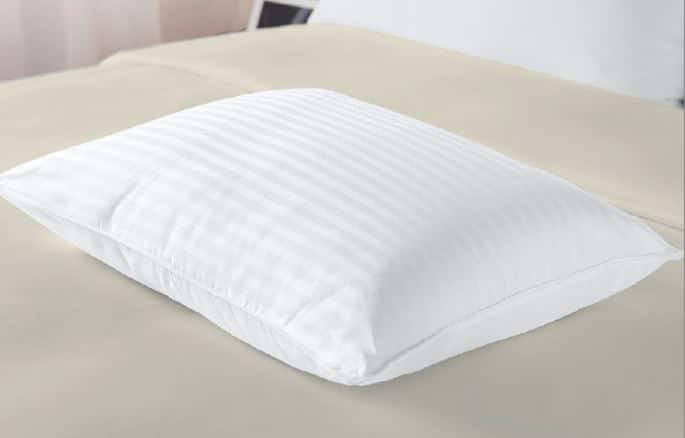
Sobel at Home pillows are designed to provide comfort and support for restful and refreshing sleep. Here are two fan favorites:
For back and side sleepers, the Dolce Notte II pillow offers down-like softness without the feathers. Its hypoallergenic polyester fiber filling is designed to deliver a soft and gentle feel while supporting the neck and head, while bouncing back to retain its shape to keep you supported night after night.
If you sleep on your back or stomach, the Bellazure Duo pillow is soft and supportive. A luxurious feather and down filled pillow, this finely crafted pillow retains its shape and provides gentle support.
Our Sobel at Home customer service experts are available to help you make the right pillow selection for your needs. Take a look at all our luxury pillows and choose one that’s right for you or contact us for more information. With the right support, you will enjoy a better night’s sleep.
